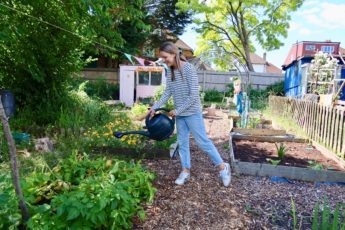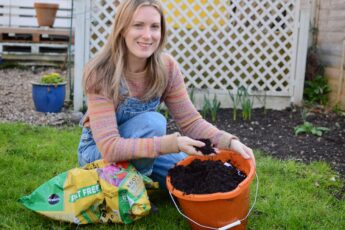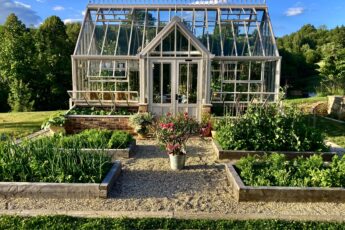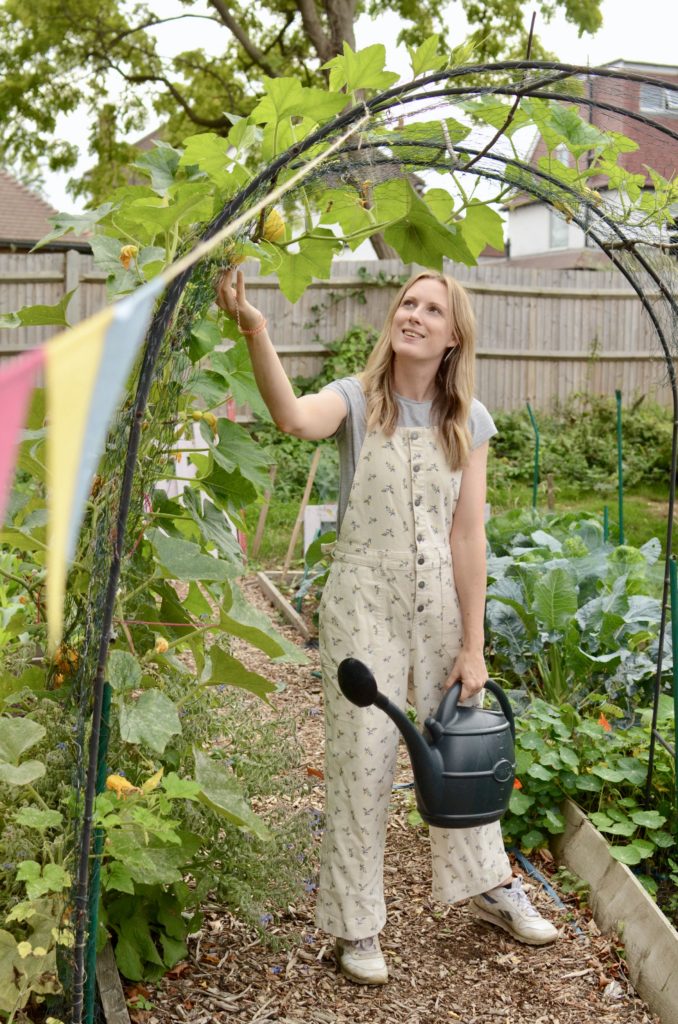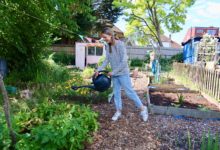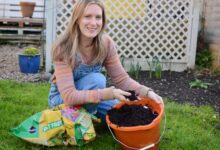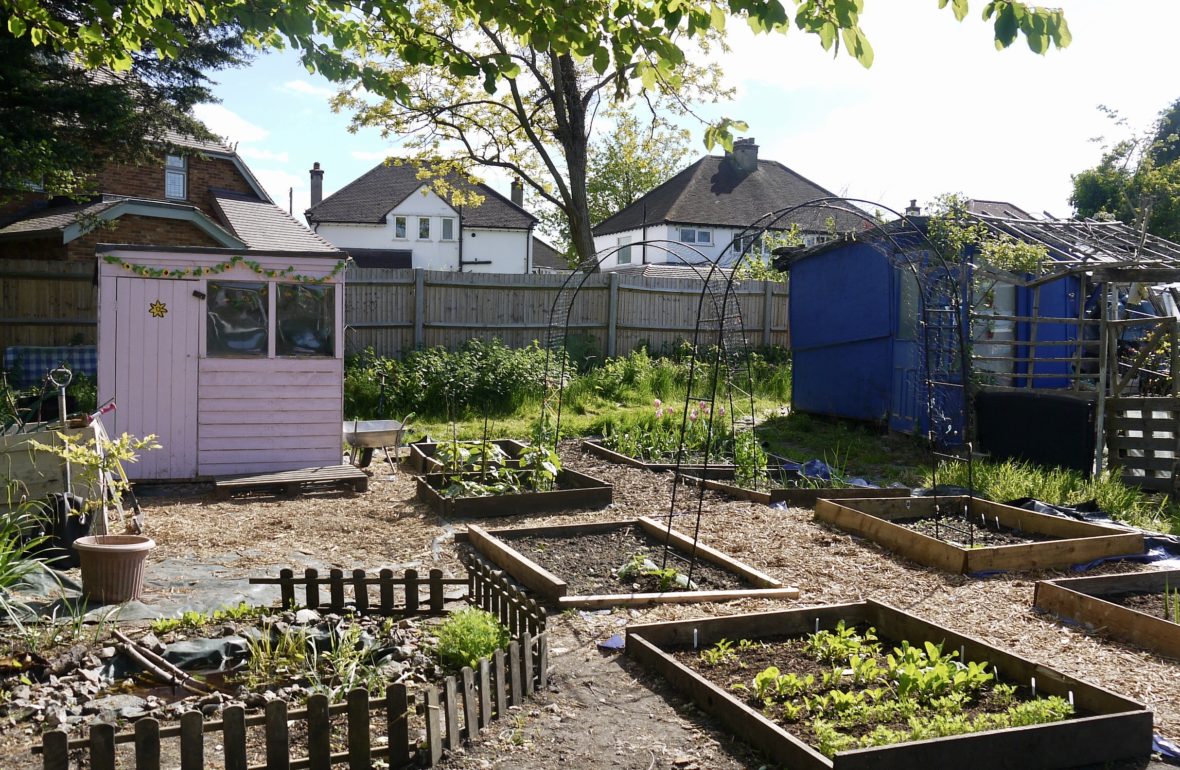
Taking on your first allotment plot can be slightly intimidating, even for the most experienced of growers. Will you have enough time in the week to tend to your plot? What if the slugs get everything? Will I be able to grow enough produce to fill my raised beds? I know, I’ve been there!
Having an allotment plot doesn’t always have to be such hard work. It’s actually a lot fo fun and hopefully, some of these tips below will help to make your experience a little easier!
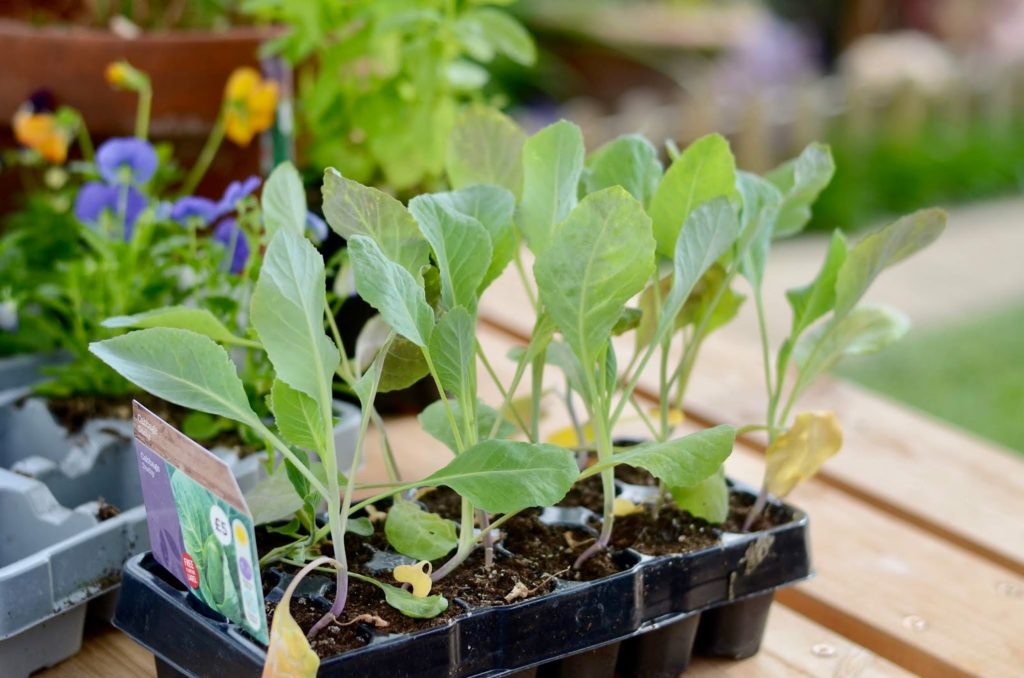
TIP 1
DON’T START SEEDS TOO EARLY
It’s so tempting to just whack all the seeds into the ground the second the Month of March arrives. A lot of seed packets tell you to start sowing at this time, but be warned! Sowing too early is not a good idea. The ground hasn’t warmed up outside yet, and even sowing under cloche can be risky. If you are starting seeds indoors on windowsills, be prepared to live in an indoor jungle for a while! If you plant them out too early, your seedlings will wilt and die very quickly with even the smallest of frosts. Be patient.
TIP 2
BUILD STRUCTURES FIRST
If you’re planning on growing some climbing plants, like peas, sweet pea flower or beans, make sure to build the supporting structures before you plant them out. Once the plants get going, they take off like little rockets and if you don’t have support in place, they’ll be flopping all over the place! You’re also more likely to damage the plants roots if you try to stake them or build around them once they’ve become established plants (this is especially true of sunflowers!), so my advice is to either stake them with a cane the day you plant them out, or have your structures built before planting!
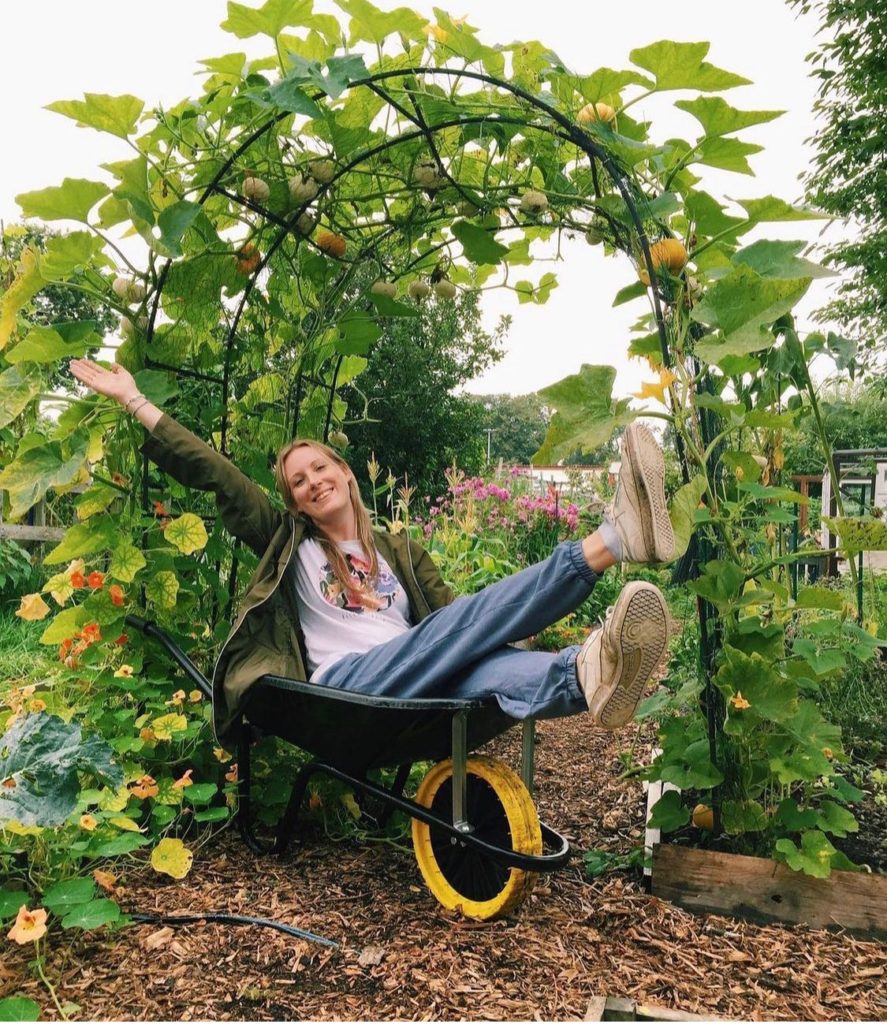
TIP 3
DON’T NEGLECT YOUR SOIL
Gardening starts with the soil, not the seeds or the plants. The soil is where all the magic is happening, so it’s vital not to neglect it. If you are starting a no-dig vegetable garden, then layering up your raised beds with organic material once or twice a year will do wonders for your plants. If not, then just adding an organic mulch onto the beds can really make a difference. Have you tried creating compost within your beds? It’s so easy. When your crops are finished, assuming they had no diseases, simply chop them and drop them back onto the soil. Cover with cardboard or a good layer of mulch and it will naturally rot back down into the earth, creating a fantastically rich base to plant into next spring!
TIP 4
LESS IS MORE
No, it really is! My first year on the allotment plot, I decided to grow everything I possibly could. I ended up with a garden absolutely bursting with produce, but nothing grew amazingly. It was all sort of average and I didn’t really get enough of the things I really enjoyed eating because I was so busy tending to everything at once! So in my opinion, growing a few things really well is better than growing everything you can but half heartedly. Less is sometimes more at an allotment, and growing what you actually eat means far less gets wasted.
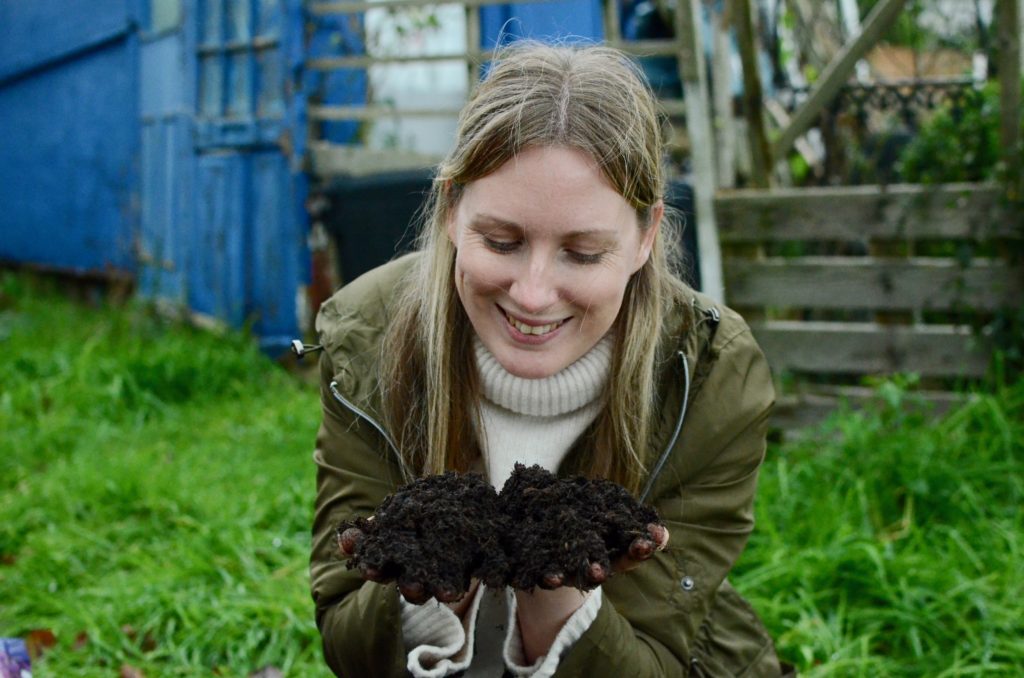
TIP 5
THINK ABOUT THE PATHS
When you set out to design your allotment plot layout, do give some consideration to the paths. They should be wide enough to get a wheelbarrow down, but not so wide that you end up wasting space. Imagine yourself crouching by one of your raised beds and reaching over to harvest or weed. Think about the space you have on your path to do this. Are you uncomfortable, is there room to have tools by you or are you feeling pretty squished? These are really important things to consider before making your paths.
Also, think about how you’re going to make them. My plot gets pretty muddy in the Autumn time, or even summer if it really rains, so I used wood chip. Not only does it absorb rain water, it’s also not slippery so I can move about my plot safely.
TIP 6
THINK ABOUT THE SUN
Keep an eye on what the sun does on your plot. Is there an area that gets more shade? That might be a good place for a shed, or a bed with some shade loving veg like brassicas and salad crops. If there is a patch of land on your plot that seems to always be in full sun, that might work for sweetcorn or sunflowers.
Think about the sun and where it goes in the day. Some crops like sun in the morning and some love to bask in the even glow. There is a plant for every area, no matter how much sun you get there. If you pay attention to the sun, you’ll find you are able to grow even more veg just by utilising the space better!


